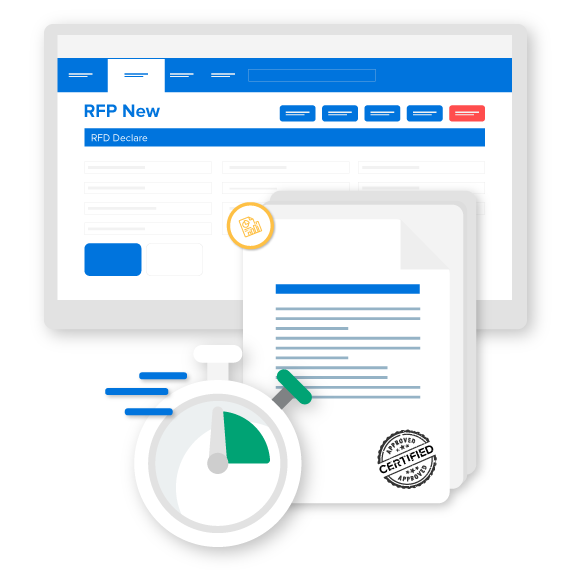
27 Apr
Australia exports plants and plant products in several categories and in large amounts every year. Some of the top categories include grains, fruits and vegetables, dried fruits, seeds, nursery plants, bark and woodchips, timber and logs, straw, hay and foliage, and so on. Similar to other exported commodities, these items too must abide by the export norms and documentation process. Here’s everything you need to know about the required certificates, and permits. Other important aspects if you plan to export your first consignment of these products from Australia.
Prescribed vs. Non-prescribed Products
According to the 1992’s Export Control Act. The plants and plant products exported from the country are categorized as prescribed and non-prescribed products. The prescribed products include:
- Grains: Seeds and grains like barley, lentils, wheat, soybeans, oats, lupins, dried field peas, sorghum, whole vetch, chickpeas, canola, and faba beans
- Fresh fruits and vegetables that also include mushrooms and sprouts
- Hay and straw
- Plant products including nuts, cotton, tissue culture, timber, nursery plants, and some categories of seeds and grains
The remaining products are classified as non-prescribed products.
Do You Require Permits and Certificates?
- In case your products belong to the prescribed goods category, you must obtain an export permit as well as Health/Phytosanitary certificates.
- The requirement for Phytosanitary certificates would also depend on the norms set up by the importing countries which differ from one country to another.
- Even if the importing country doesn’t demand a Phytosanitary certificate, but your products belong to the prescribed category, you will still need to obtain the request for permit (RFP).
Need for Phytosanitary Certificates and RFP
These certificates verify that the plants and plant products you export from Australia to a foreign country are free from weed seeds, soil and contaminations, pests and diseases and other extraneous materials.
The RFP provides important details like product descriptions. Details about the consignee and the consigner as well as about the transportation. And when and where the products were produced or processed. Each of these documents is essential to carry out exporting.
Country-wise Requirements – Some Specific Examples
For exporting flower seeds to Antigua and Barbuda. The Australian exporters must obtain an import permit as well as a Phytosanitary certificate. In addition, seeds that are genetically modified are prohibited.
If you wish to export wood packaging materials to Argentina, no PC is required. However, the raw softwood or hardwood material in this category must be heat-treated or with methyl bromide and appropriately stamped. In addition, the material must be free from fungi, pests, and decay.
Another example is that of the export of grapes to China for which you won’t require an import permit as a part of export documentation, but it is mandatorily required by China on arrival. A PC is required for this. Also, the grapes permitted for export to China must be obtained from fruit fly pest-free areas.
It is important that you check the specific requirements of the destination country to prepare export documents fast and without any errors. You can anyway accelerate the process with a cloud-based documentation software system.


